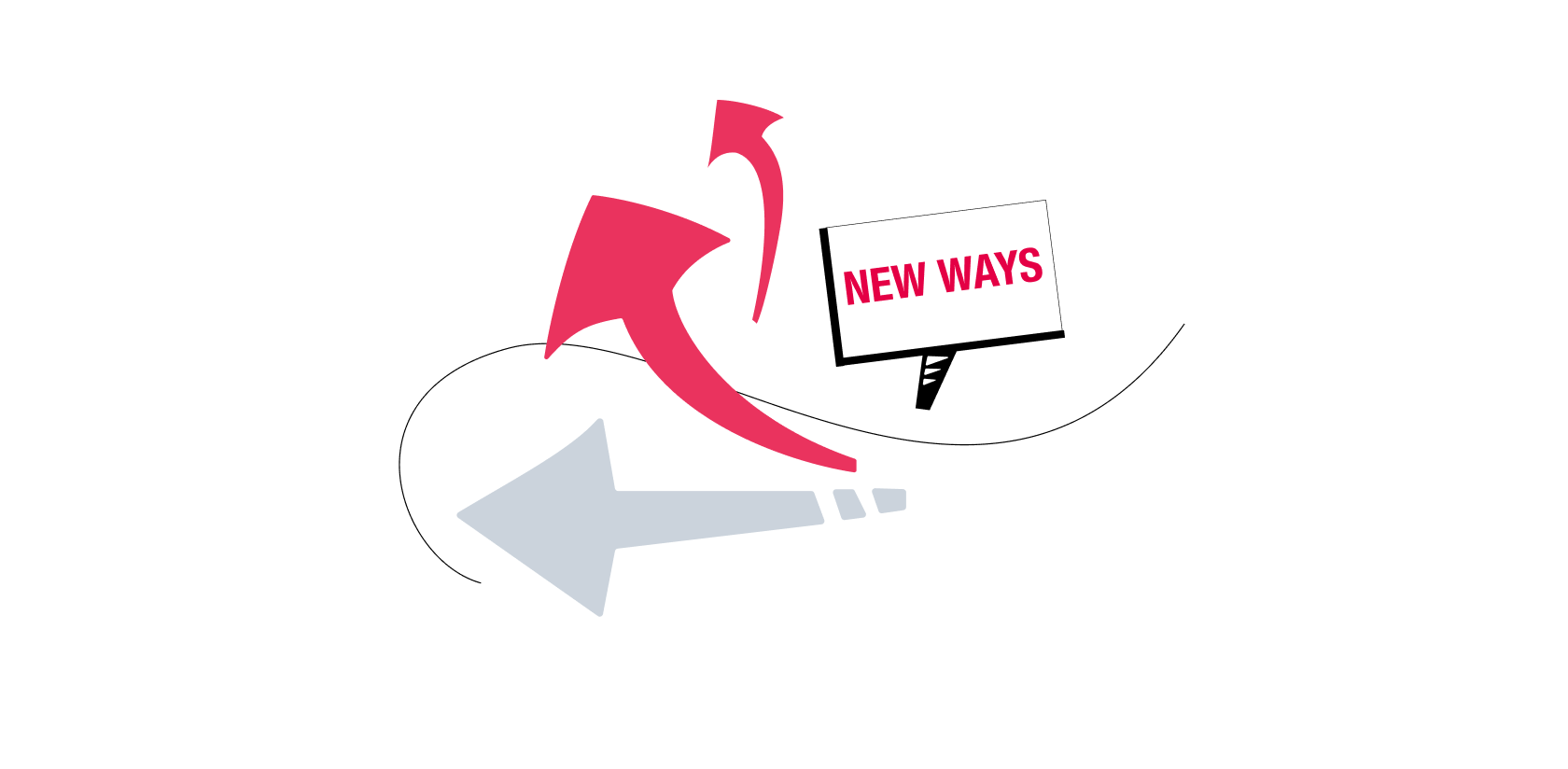Three “design” skills for non-designers

To be more efficient we, designers, often need to develop some skills that support our ways of communication and organizing information between our peers in a team. These skills can be helpful for everyone, and in fact you probably already do it in some degree. So here are three skills for you to consciously practice in your work.
The Three Design Skills you can Learn
1st – Holistic thinking
How to apply:
Also known as system thinking, is the ability one has over seeing things broadly and how they connect or impact other areas. This is helpful to foreseen potential barriers or problems in your work.
Try to do a journey map. Setup the general steps considering direct and indirect touch points you may or may not influence. “You” don’t have to be the star of this, so let’s say, you are discussing a new policy, you can do it by one of your co-workers perspectives.
Step back and look things from distance.
Practice the worst-case scenario by asking “What could go wrong?” in each step and draw the connections between steps.
Use this to clarify what is being discussed in meetings and to predict issues your team may encounter.
2nd – Divergent thinking
This skill is all about opening your options before converging into one path, to be able to think of other possibilities and embrace change. It helps looking at a problem from different lens. The main tip for being creative is to be able to remove your focus from one goal and to change in a different direction.
To embrace the Divergent Thinking, you should practice shifting your mindset from solution driven to problem driven.
If you are already influenced by certain procedures that one thing needs to follow, you will not allow your brain to create new connections.
How to apply:
Practice the 5 why’s approach. If someone hands you a solution, step back and ask
- “why should I do it this way?”
- “why do we need this?”
- “why do they want it to be able to do that?”
- “why wouldn’t people like it?”
- “why would people engage on that?”
And with each answer you come up, continue asking why. Eventually you will reach the peak of the problem and most likely you will have a fresh view to whatever it is you are doing.
Also look for inspirations. Think of similar solutions but expand it to unrelated fields and let it rest.
Have you ever had an amazing idea during a bath? When we are relaxed and not too focused, our brain seems to create better connections. So, if you have been introduced to a problem, give it time! Fuel yourself with information and inspiration, and give time for your brain to create those creative connections :)
Take this article for instant. I knew I wanted to write it, but I didn’t know what to write about. For days I thought of writing about the product I work on, then someone told me how cool it would be to write something about design. That reminded me of a book called “Creative confidence”, and it triggered these 3 concepts I am talking about.
3rd – Visual thinking
Unfortunately, as we grow old, our artistic abilities are less encouraged on our education. However, we humans, are visual thinkers, remember “a picture is worth a thousand words”. This skill is way more about synthesizing and creating schemes rather than doing something beautiful.
For instant, think of everything it needs to be spoken and how that would translate visually. If you are talking about steps someone needs to go through in order to achieve something, instead of just talking, break the steps and display them. This way, whoever is your audience, is able to hear your words and connect them.
The hardest part of visual thinking is to be able to synthesize the most relevant information. Often people create presentations with very descriptive information and flows, assuming that giving the whole information will make people read it and understand it completely. That does not happen. People usually don´t know which part to read and may not connect the information spoken to the one being displayed.
How to apply:
You have got to know your audience:
- what does your audience know?
- what do you want your audience to understand?
- what is the context you need to explain?
By knowing who you are talking to and what you wish them to know, you will be more efficient in displaying only what is needed.
Tips:
- Instead of displaying a complete flow chart, firstly show it zoom-out, and in the following slides zoom-in in specific details.
- Instead of long texts, sum-up and highlight what you need to be seen.
- If you are talking to large groups with different knowledge of your subject, be less detail oriented and focus on what is relevant
- Come with visual schemes to help people understand quickly what you will discuss.
To sum-up:
- Practice Holistic thinking whenever something is being discussed to achieve a better view of potential problems.
- Practice Divergent thinking to broaden your perspective of a situation and come up with news ways of framing problems.
- Practice Visual thinking to make tangible the most relevant information you need your audience to understand.





